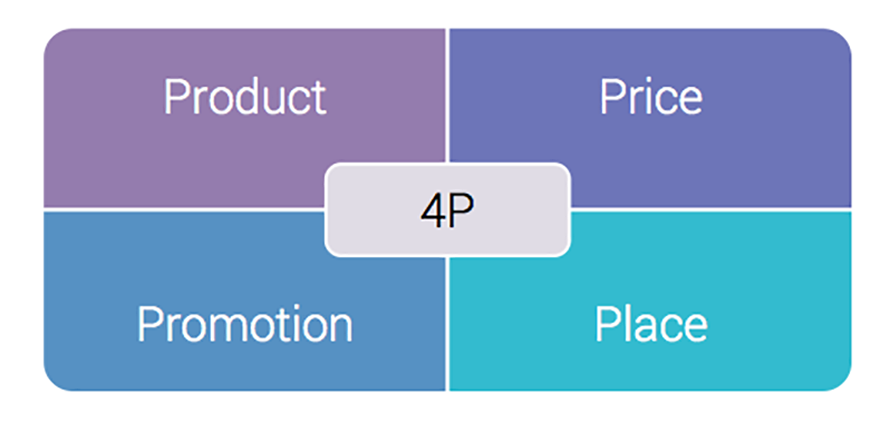Marketing mix modeling analyzes the effectiveness of each marketing campaign in terms of its contribution to sales. Marketers use the results of this analysis to adjust their marketing strategies, optimize their marketing plans, and predict sales when modeling various scenarios.
The purpose of marketing mix modeling is to develop a strategy that will increase the perceived value of the product and increase the company’s long-term profit.
What elements does the marketing mix model consist of?
Basic 4P model
The marketing mix model consists of four main elements: Product, Price, Place (distribution channels), and Promotion.

Each of these elements answers a specific question.
Product: What is needed by the market and target audience?
Price: What should the product cost?
Place: What is the optimal distribution model to deliver the product to the customer?
Promotion: How will information about the company’s products be distributed in the market?
Modern model
Since the 4P marketing mix model was first introduced in 1960 by Edmund Jerome McCarthy, marketers have complemented it to fit the modern market.
Of the attempts to modernize it, the addition of a fifth element — People — as well as additional elements including Process and Physical evidence can be considered more or less successful.
Updated marketing mix models:
5P model: 4P + People. Answers the question, How should your employees be perceived by customers?
7P model: 5P + Process + Physical evidence. The Process element answers the question, How can we optimize the process of creating and delivering the product to customers? The Physical evidence element answers the question, How can the appearance of your store influence the buyer’s decision?
#owox-bi #analysis #roi #marketing-mix-modeling #marketing #data analysis
